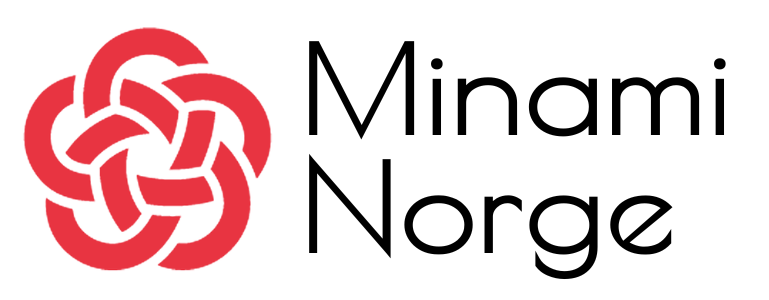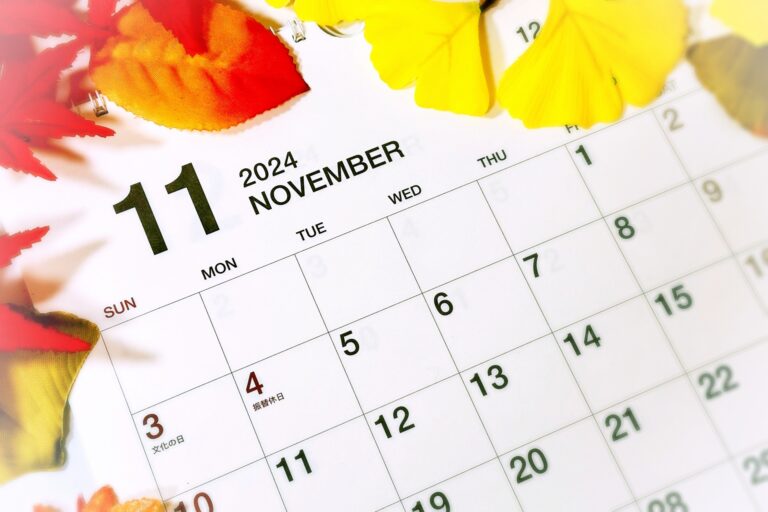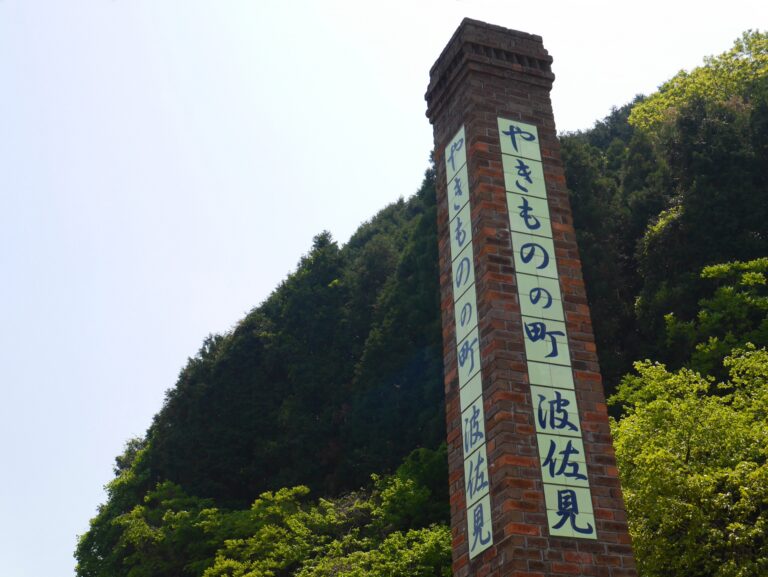Setsubun is a traditional Japanese event held around February 3rd each year. In 2025, Setsubun falls on February 2nd (Sunday). On this day, people take part in various customs to drive away evil spirits and pray for a healthy and prosperous year. In this article, we’ll take a closer look at the history of Setsubun, its unique traditions across Japan, and the growing concern of food waste associated with Ehomaki rolls.
The Origins of Setsubun
Setsubun originated from the Chinese ritual “Tsuina,” a ceremony to ward off evil spirits, and was introduced to Japan during the Heian period. The word “Setsubun” originally referred to the turning points of the seasons, but over time, the day before the beginning of spring (Risshun) became particularly significant.
How Setsubun is Celebrated in Japan
Various customs are observed across Japan during Setsubun. Here are some of the most well-known traditions:
Throwing Roasted Soybeans (Mamemaki)
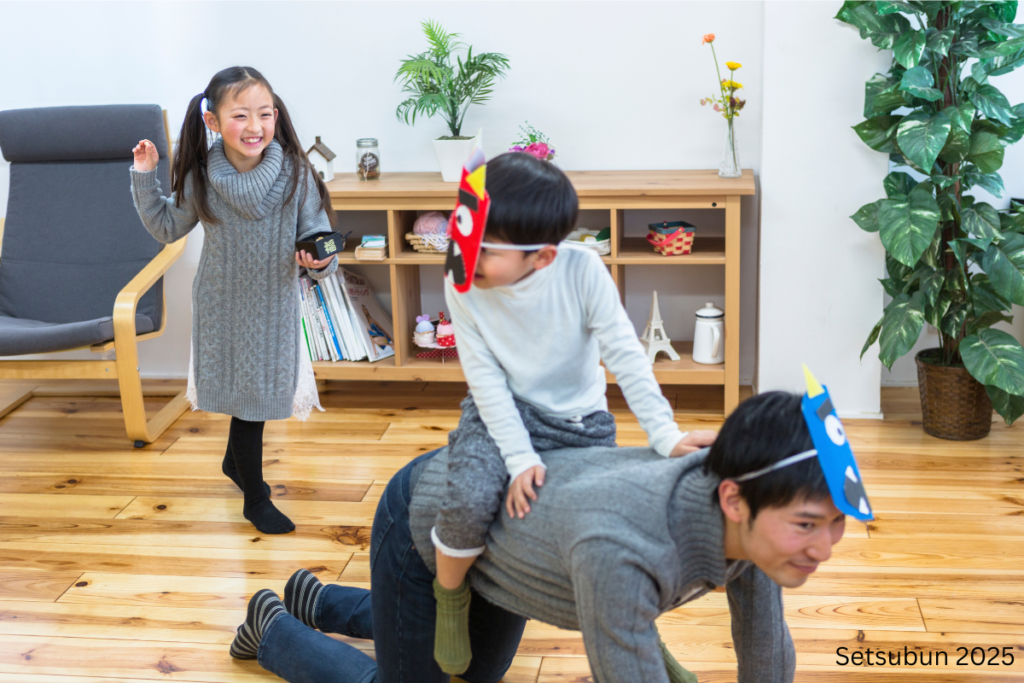
People throw roasted soybeans while chanting “Oni wa soto! Fuku wa uchi!” (“Demons out! Good fortune in!”) to drive away evil spirits and invite good luck. In households, the head of the family or a designated lucky person (“Toshiotoko” or “Toshionna”) usually throws the beans. Many temples and shrines host large-scale bean-throwing events featuring celebrities and people in their unlucky years (Yakudoshi).
Eating Ehomaki Rolls
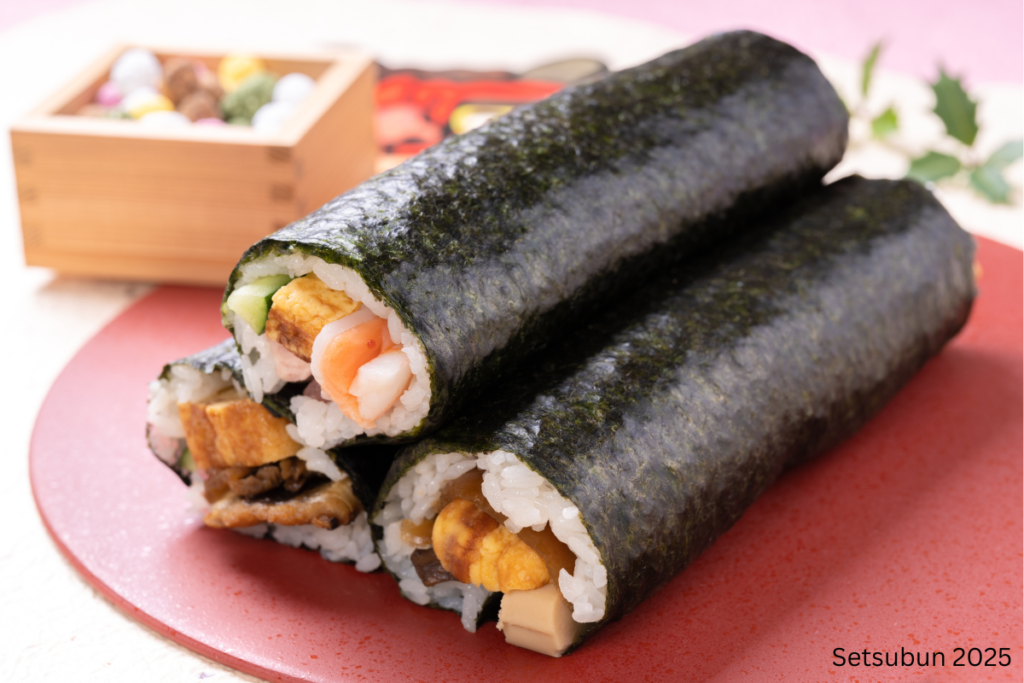
The tradition of eating Ehomaki (a thick sushi roll) originated in the Kansai region. It is believed that eating a whole roll in silence while facing the lucky direction of the year (which is southwest-west in 2025) will grant your wishes.
Displaying Holly and Sardines (Hiiragi Iwashi)
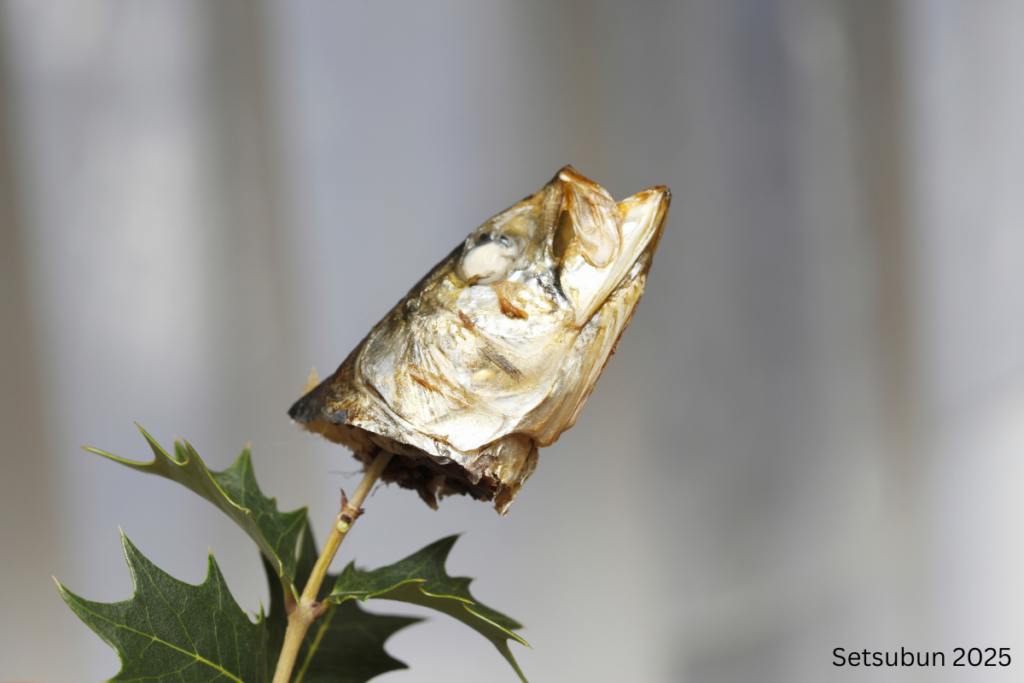
In some regions, people place a holly branch with a grilled sardine head at their entrance to ward off evil spirits. This practice is especially common in western Japan.
Setsubun Festivals at Famous Shrines and Temples
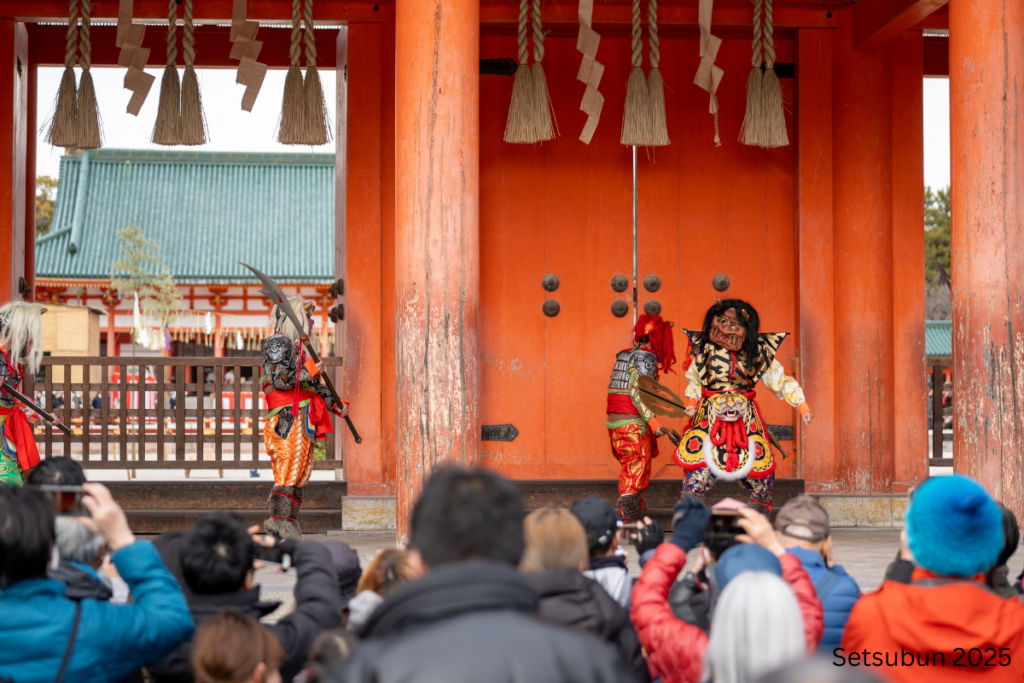
Yoshida Shrine (Kyoto): This shrine hosts one of Japan’s largest Setsubun festivals, attracting over 500,000 visitors each year. The shrine grounds are filled with food stalls selling local delicacies, lucky charms, and festival goods. After a purification ceremony, a grand bean-throwing event takes place on a special stage, where visitors eagerly collect lucky beans.
Sensoji Temple (Tokyo): More than 300,000 people gather at Sensoji for its famous Setsubun event. A highlight of the celebration is the bean-throwing ceremony featuring celebrities, sumo wrestlers, and politicians. Participants excitedly scramble for the tossed beans, hoping to bring good fortune into their lives.
Children and the Oni (Demon) Figure in Setsubun

Oni (demons) play a significant role in Setsubun, especially for children. Many young children find oni frightening, as they are depicted as fierce creatures that bring misfortune. During bean-throwing, parents or older siblings often wear oni masks and pretend to be demons, making it an exciting and sometimes intimidating experience for children.
Additionally, children often make oni masks as a craft activity in schools and homes, helping them engage with the festival in a creative way. Parents also use the image of oni as a tool for discipline, warning children that “if you misbehave, the oni will come for you.” This traditional use of oni as a way to encourage good behavior remains common in many Japanese households today.
The Food Waste Issue with Ehomaki Rolls

In recent years, the increasing popularity of Ehomaki has led to a significant food waste problem. According to Greenpeace Japan, approximately 2.56 million Ehomaki rolls were discarded in 2023 due to overproduction and unsold stock. To combat this issue, supermarkets and convenience stores are promoting pre-order systems and offering smaller-sized rolls. As consumers, we can contribute to reducing food waste by purchasing only what we can eat and making mindful choices.
Conclusion
Setsubun is a fantastic opportunity to experience Japanese culture while wishing for a happy and healthy year ahead. Whether you participate in bean-throwing, eat Ehomaki, or visit a traditional shrine festival, embracing this age-old tradition is a great way to connect with Japan’s rich heritage.
Wishing you all a wonderful and lucky Setsubun in 2025!
